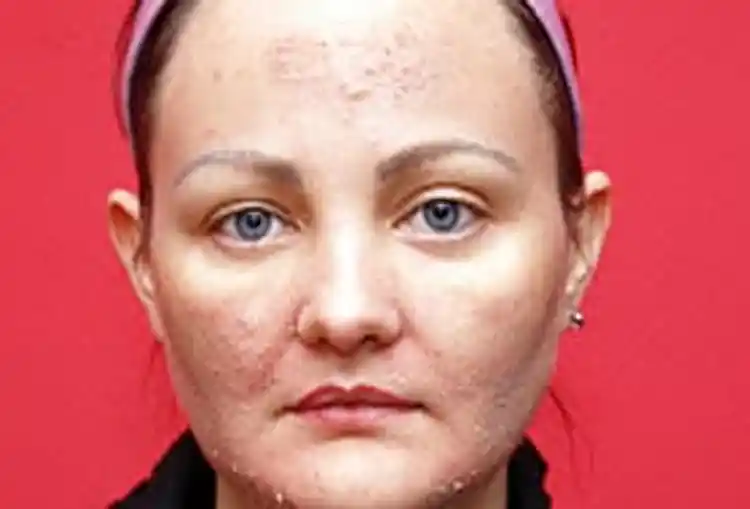Recovery After Chemical Peel

Hide Video Transcript
Video Transcript
Narrator
What is the recovery process for a chemical peel? Robert Kotler, MD
Patients need to know that there's going to be a several month healing period, where the skin is going to look like it's been sunburned. In other words, the immediate healing only takes 7 to 10 days. After the 10 days you can go back out into the world if you camouflage your pink face, but that pink color is going to take a couple of months to fade. Well you can't lay out in the beach without sunscreens, because for sure your skin is going to turn brown and blotchy. Robert Kotler, MD (cont.)
Patients have to cooperate. Again, we provide everything they need to protect themselves, sunscreens, moisturizers, whatever, but patients have to use a modicum of common sense. Let the skin settle down, let it rest, don't torture it with direct sunlight. So, if the patient is well selected, if the patient is healthy, if the procedure is done well, and again, the after care is meticulous, because this is another procedure that requires meticulous aftercare, because we have several issues that must be dealt with after the procedure. We have to keep the face coated with antibiotic ointment to reduce any chance of infection in the first 7 days after the procedure. Then we have to use moisturizers because the skin tends to be dry. We have to use the sunscreens, and if there are any areas that aren't behaving well, because they are forming little blisters, or little milia, little white bumps, they have to be dealt with, because we want the texture to be absolutely perfect and pristine. Robert Kotler, MD (cont.)
We have to keep our eye out for a very rare but disturbing complication such as scarring. Very, very rare. And by the way, scars never pop up overnight, so we always ask the patient to come in and see us if there's anything that doesn't seem quite right, like an area that's a little red and a little irritated. That would be the precursor to a scar that might take weeks to develop. Robert Kotler, MD (cont.)
So if one comes in at the appropriate intervals and the predetermined intervals by the way, there's a certain pattern of visits that we adhere to. If you follow those visits, you're not going to drop out of the system long enough for a problem to turn up overnight. So again, postoperative care meticulously provided by the office, patient cooperation, very important. You know, a success is really the end product of team work between a conscientious physician and a compliant or cooperative patient. Narrator
Those other complications, the little white bumps, the potential scarring, those are all fixable? Robert Kotler, MD
Yeah. Yes. Narrator
If seen in time? Robert Kotler, MD
Yes, and even if not seen in time. Even if one developed a little, it's not major scarring, it's where a little scar band, little raised area. Frankly, they can be controlled with just a couple of cortisone injections or sometimes a little specific light laser treatment to make the red color fade. Robert Kotler, MD
So these things are all, they're controllable, but we like to avoid them. And again, by making the patient aware of the importance of our observation and the importance of reporting to us if things aren't as predicted on the instruction sheet, we'll steer clear of big problems. 
